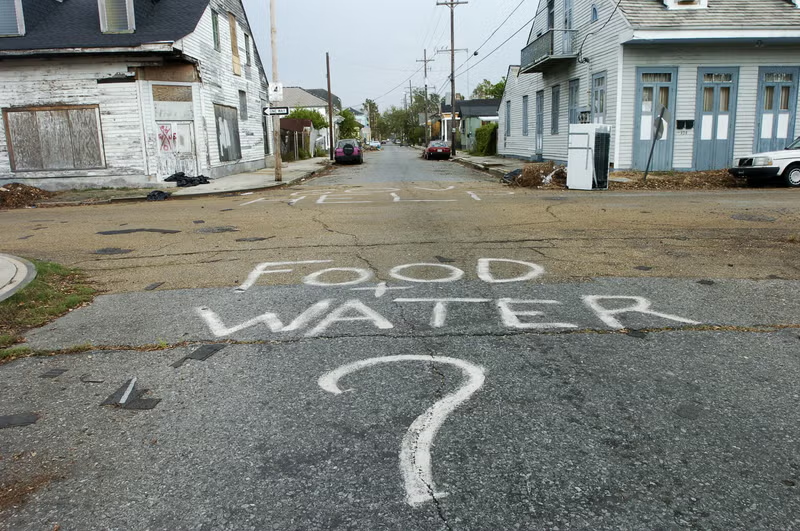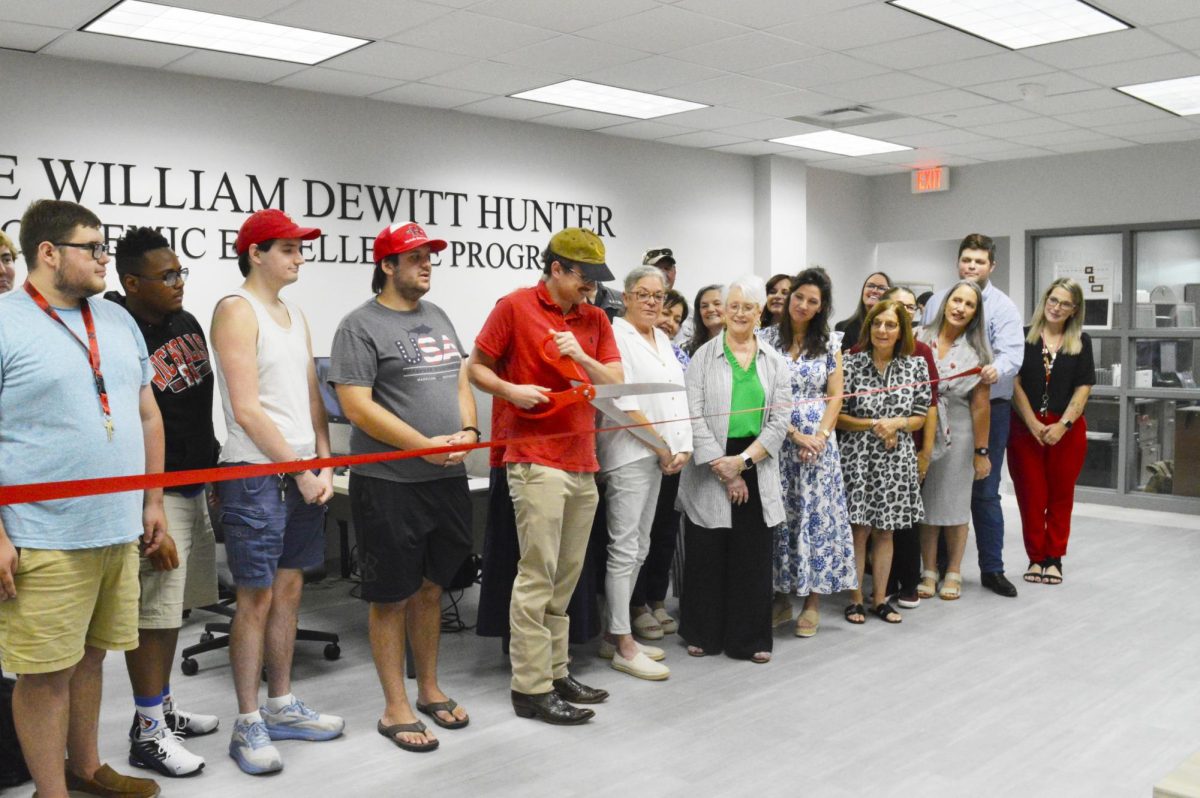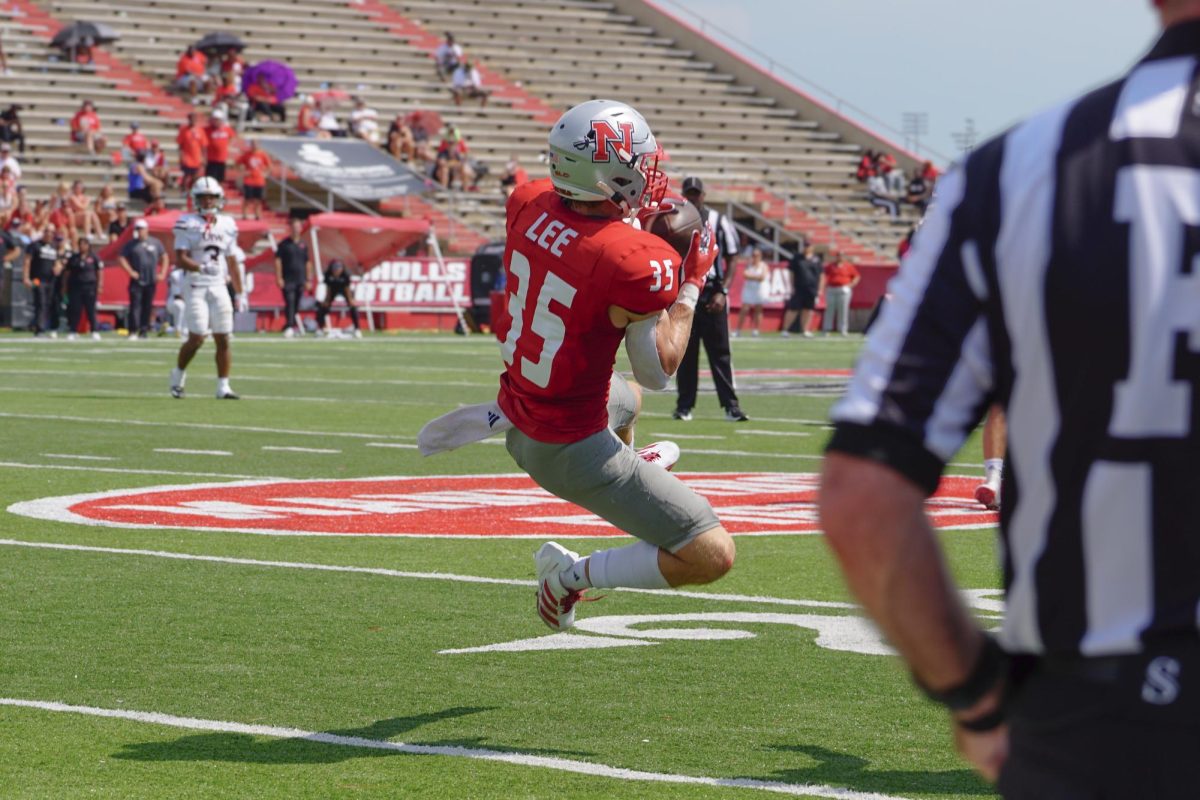LOS ANGELES – The engineer whose commuter train struck an oncoming freight train in Los Angeles last week didn’t hit the brakes moments before the crash and was in the midst of an 111/2-hour split shift when he ran a red light that could have prevented the wreck, federal investigators said Tuesday. The findings followed tests by the National Transportation Safety Board that showed engineers from the two trains had only four to five seconds to react to the sight of other train coming around the bend. Investigators said the engineer from the Union Pacific freight train broke about two seconds before the collision, which killed 25 people and injured more than 135 others on Friday afternoon.
Robert Sanchez, the Metrolink engineer who died in the crash, began his shift at 6 that morning, took a nap during a 31/2-hour break and resumed duty at 2 p.m., officials said. His train crashed about 21/2 hours later.
“Our investigators have said split schedules are something of great concern to us,” said Kitty Higgins, an NTSB board member. “Whether that played a role in the accident is much too early to say.”
The NTSB has determined the signals and tracks were working properly before the collision, and officials have narrowed their investigation to human error. The agency has subpoenaed Sanchez’s cell phone records to determine whether he was text messaging before the crash, and on Tuesday investigators interviewed the Metrolink conductor about Sanchez.
Higgins said the conductor claimed Sanchez told him he took a two-hour nap during his break but was not aware of any other factors that could have caused him to overlook the red light.
“He was not aware of any physical ailment that the engineer had,” Higgins said. “He had no information on any medication he may have been taking. He had no issues in his time of working with the engineer on the way he operated the train.”
Higgins said the conductor confirmed that he and Sanchez did not call out and confirm the last two signals before the crash. She also said Sanchez routinely worked a split shift, from 6 a.m. to 9 p.m. with 31/2 hours of break in between.
“It’s a long day,” Higgins said. “What the rules are and how this engineer or any crew member uses the time play a role into the accident.”
Meanwhile, rail service resumed Tuesday along the tracks where the crash occurred.
An Amtrak Surfliner was the first passenger train to use the newly repaired stretch of tracks, leaving the nearby Chatsworth station about 3:45 p.m. PDT. It was followed about a half-hour later by a Metrolink train.
Only a few people boarded Metrolink 111 in Chatsworth. Just three passengers sat in the first car, the compartment that suffered the most damage in Friday’s deadly collision. Among them was Sal Garcia, a regular rider on the route who said he had been sick Friday and stayed home.
Returning to the train and sitting in his regular seat was therapeutic, he said.
“It was really emotional. I sat down and started to cry, and that made me feel a lot better,” Garcia said.
The train was monitored closely by rail workers as it slowly passed the site of the crash. Residents along the route left their homes and waved as the train passed. Flowers were laid along the platform at the Simi Valley station.
Hours before service resumed, investigators conducted a visibility test to determine when the engineers involved in the crash would have been able to see each other in the moments before the nation’s deadliest rail disaster in 15 years.
A Metrolink train and a Union Pacific locomotive were brought nose to nose on the tracks where the crash occurred. Investigators then backed the stand-in trains away from each other.
In the moments before the collision, the freight train had exited a tunnel, while the commuter train was rounding a horseshoe bend. The test found the engineers had only seconds to react.
One test observer was Lilly Varghese, a friend of 57-year-old victim Beverly Mosley.
“I came here to pay respect to where I lost her,” Varghese said. “She lost her soul here.”
In Washington, Sen. Dianne Feinstein of California introduced legislation requiring the installation of technology to prevent train crashes.
and warned that there would be more disasters without it.
The California Democrat hopes to nudge Congress to pass her requirement for so-called positive train control before recessing at the end of next week. The House and Senate have already passed separate legislation to implement the technology but time is running out to reconcile the differing versions.
The technology can engage the brake if a train misses a signal or gets off track. It has been installed on a fraction of U.S. rail tracks but not on the one where Friday’s crash occurred.
Feinstein blamed “a resistance in the railroad community in America” to the price tag of installing the systems.
Failure to act now, she said, amounts to “negligence, and I’ll even go as far to say I believe it’s criminal negligence not to do so.”
In July 2007, Metrolink Chief Executive David Solow warned Congress that requiring the safety devices would involve “substantial cost,” according to a Los Angeles Times story posted online Tuesday night. A Metrolink spokesman declined to comment when called Tuesday night by The Associated Press.
Resolutions supporting the technology also were introduced by members of the Los Angeles City Council and the county Board of Supervisors.
The Association of American Railroads, the lobbying arm for the freight railroads, has said it does not oppose the legislation but is concerned that the technology has not been perfected.







